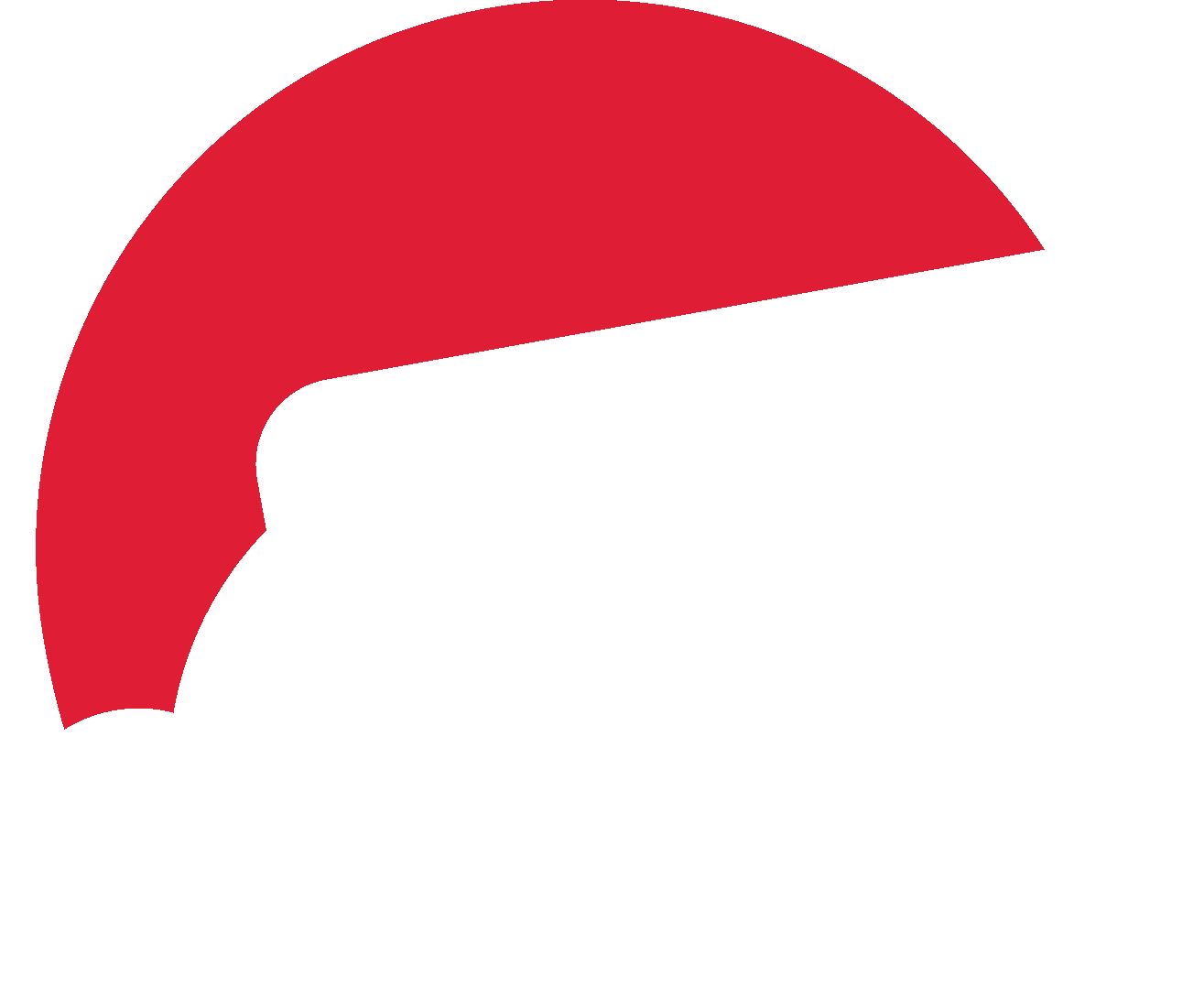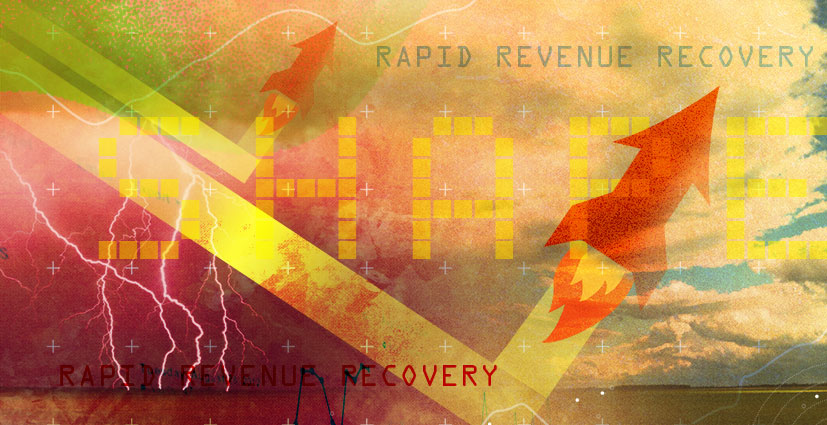The world changed and so did marketing. Where do we go from here?
First, we were all just trying to keep our balance (along with our health) as the full impact of the COVID-19 pandemic sank in. Businesses took defensive measures to limit losses in revenue, employees and customers. Work from home and adoption of software like Zoom and Microsoft Teams skyrocketed. (Thankfully, RLM has been on a work from home model for several years now, so our workflow was hardly interrupted.) Now we have our feet back under us – more or less – but what’s next? We need a roadmap for moving forward.
At RLM we’ve been busy guiding our clients through the storm. We’ve identified the strategies and actions they should continue or ramp up, while recommending delays on other projects. (No point in sending direct mail to empty office locations right now.) A tool that we’ve found useful for our planning is a model from McKinsey and Company that focuses on what they call the Rapid Revenue Recovery.

According to McKinsey, “Speed, agility, and a new understanding of customer values are the keys to navigating the next normal.”
Most companies appear to be entering or in Horizon 2, Plan for the Recovery, having navigated the early defensive moves in Horizon 1. Of course there is not a clear delineation from one horizon to the other. Leading with purpose and taking care of customers and employees never stops, but most companies have those issues in hand. In this and subsequent blogs, we’re going to focus on Horizon 2, and its objective, Rapid Revenue Recovery.
Highlights from the McKinsey Model
Speed and Agility is Crucial
One client in Atlanta is a large commercial cleaning firm. As offices and stadiums shut down, they did a rapid pivot and introduced disinfection services. We immediately shelved the old digital campaign and implemented a campaign targeting businesses that need the disinfection service. It got swift results, saving jobs and replacing lost revenue.
Brands need to be alert to customer changes and adapt rapidly.
During this time of cutbacks, customers – B2B or B2C – are not automatically staying with their familiar brands. Many are trading down or delaying purchases by keeping old equipment running. It’s important to know what your customers are doing now and how to make life easier for them.
Several of our clients saw some customer segments drop to nothing while other segments ramped up, and they had to adapt accordingly. We focused marketing content to answer the needs of specific sectors, while pulling back on efforts in industries that shut down (outdoor theme parks simply stopped doing business, for example). Two clients that service manufacturers saw increased demand for equipment maintenance. We shifted messaging and tactics to address those needs over selling new equipment. Our clients reassured their customers that they were available and providing products or service even during the shutdown for essential businesses.
Rapid Revenue Recovery Requires Leadership
McKinsey observed that how leaders lead drives the success of revenue recovery. They created a mental model called SHAPE.
Start-up mindset.
Take stock and act fast in place of days or weeks of analysis and contemplation. The world is not going to get better just because we hope it will. Create a sense of urgency and teamwork with frequent and regular check-ins and sprints. At RLM we’ve worked hard to build a team culture that makes it easy for everyone to pull together and move quickly. The dividends have never been more evident than now. As situations change daily and sometimes hour to hour, our team pulls together and seeks the next opportunity to support our clients. We love change.
Human at the Core.
Look carefully at how your people work best and adapt. Look for areas where people need coaching or support. Listen to customers to find out how their purchasing process may have changed. There is evidence that buyers increasingly just want to purchase online, with less interaction with people. Even if it’s a major purchase that requires RFQs and online meetings, make sure your team has the tools to deliver a great experience.
Accelerate digital, tech and analytics.
Companies have adapted to Zoom meetings and calls, learning how to share screens and where the mute button is located. But take a look at your sales model. Does your team have the coaching and tools they need for successful digital sales? How are their online presentation skills? Ongoing SEO and monitoring digital performance are important tools to spot changes in customer activity.
Pay attention to basics, then address your technology gaps. For instance, how often are you testing your website forms and other functions? Plugins and software in the backend need continual updates for optimal functionality, including page speed. Then take a look at what’s missing. Video is an important digital sales tool and much preferred by many visitors. Are you taking a long time to say something in copy when a quick video would be more effective? Have you adapted to the mobile ecommerce world or are you still saying, “Yeah, we’ll get it”? Would your customers appreciate an easy app that works with a few clicks?
Purpose-driven customer playbook
Of course, we all know to put customers at the center of our efforts. But decision journeys are changing and the companies that listen, learn and adapt to what customers want now will win.
Ecosystems to drive adaptability
McKinsey states that adaptability is key to survival now and into the future. They state that this may mean changes in how you work with partners or agencies, and in the long term it may mean new partnerships and strategic M&A.
Our wide range of clients have experienced varying levels of revenue drops since March. We have approached each client to craft the right partnership plan for them right now. For some, that means cutting back or changing payment structures. For others it means more creative use of the budget right now.
We see some companies seeking project support as increased workloads due to layoffs have overwhelmed internal departments. As partners in their success, what’s important now is to employ sensitivity and empathy to each client situation.
There’s more to come. Please stay tuned. Or, let’s talk.






